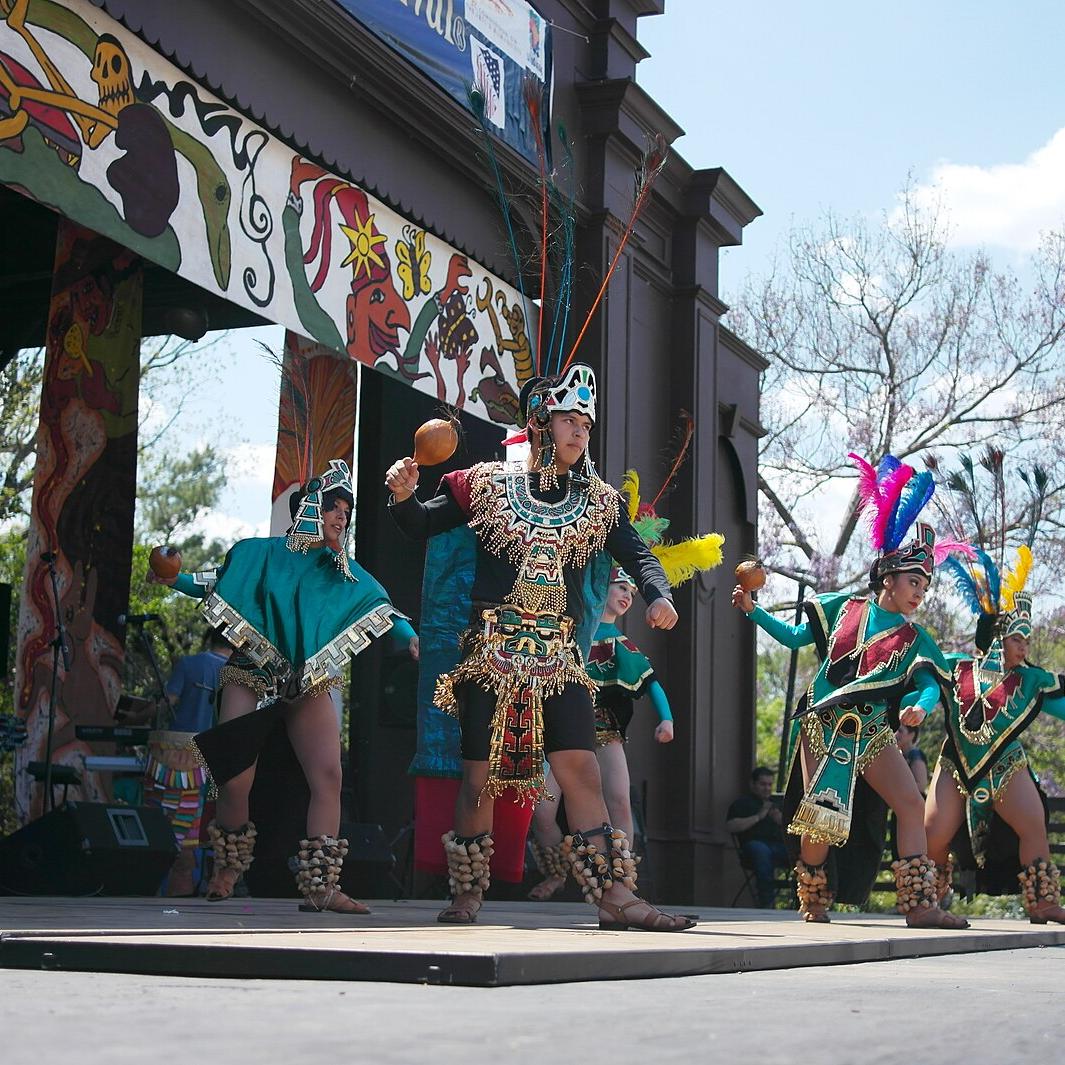Quick Summary
June is National Immigrant Heritage Month! Join us as we celebrate our nation's proud immigrants by reading two books about their experiences. The first tells the story of immigration through Angel Island, and the second explains the development of Minneapolis's "Nordeast" neighborhood as a result of successive waves of immigration.

Immigrant Heritage Month, in June, celebrates the impact of immigrant communities on our lives. Minnesota's diverse immigrant background shapes a rich tapestry of experiences. These communities have revitalized neighborhoods and institutions, leaving lasting cultural, political, and economic legacies. Ebooks Minnesota provides valuable resources to explore immigrant experiences and Minnesota's immigrant communities.
In the early 1900s, San Francisco Bay's Angel Island served as a primary gateway for immigrants entering the United States via the West Coast. During this period, U.S. citizens often requested reunification with their family members from outside the country. However, to fulfill this request, these family members had to undergo detention at Angel Island and endure a series of examinations to verify the legitimacy of the requests. The strict scrutiny was a response to the prevalence of "Paper Sons," individuals falsely claimed as relatives by "Paper Parents" (U.S. citizens). Consequently, passing these examinations became exceedingly challenging for both legitimate and illegitimate immigrants due to racial tensions and the Immigration Act of 1924. "Angel Island Perspectives," available on Ebooks Minnesota, sheds light on the immigrant experience through the stories Chew Hoy Fong, a Chinese "paper son" seeking to support his family in the United States; Fei Yen Lee, a Chinese woman desiring reunification with her husband, a well-established tea merchant in the U.S.; and Eugenia Anderson, a missionary working on Angel Island to aid and facilitate the arrival of women.
Minnesota's immigrant communities have had a major influence across the state, including in Northeast Minneapolis. "Nordeast," as it is known to many, is situated near St. Anthony Falls, and has emerged as a cultural and artistic hub largely due to foundations laid by immigrant communities that continue to shape and nurture the area today. During the late 1800s and early 1900s, Northeast Minneapolis bustled with Eastern European, German, and Polish newcomers, who established businesses and community organizations. Initially as a result of the water power of the Mississippi River's St. Anthony Falls, the community became a center of jobs and industry, as well as the pollution that comes with it. As a result, in the aftermath of World War II, many of the community's residents migrated to the suburbs, leading to declining businesses and organizations. Nevertheless, a fresh wave of immigrant communities from Mexico, South Asia, the Middle East, and South America moved in, spearheading a revitalization and transforming Northeast Minneapolis into the vibrant community we see today. To delve deeper into the history and impact of this community, "Nordeast Minneapolis" is an enlightening resource available on Ebooks Minnesota.




